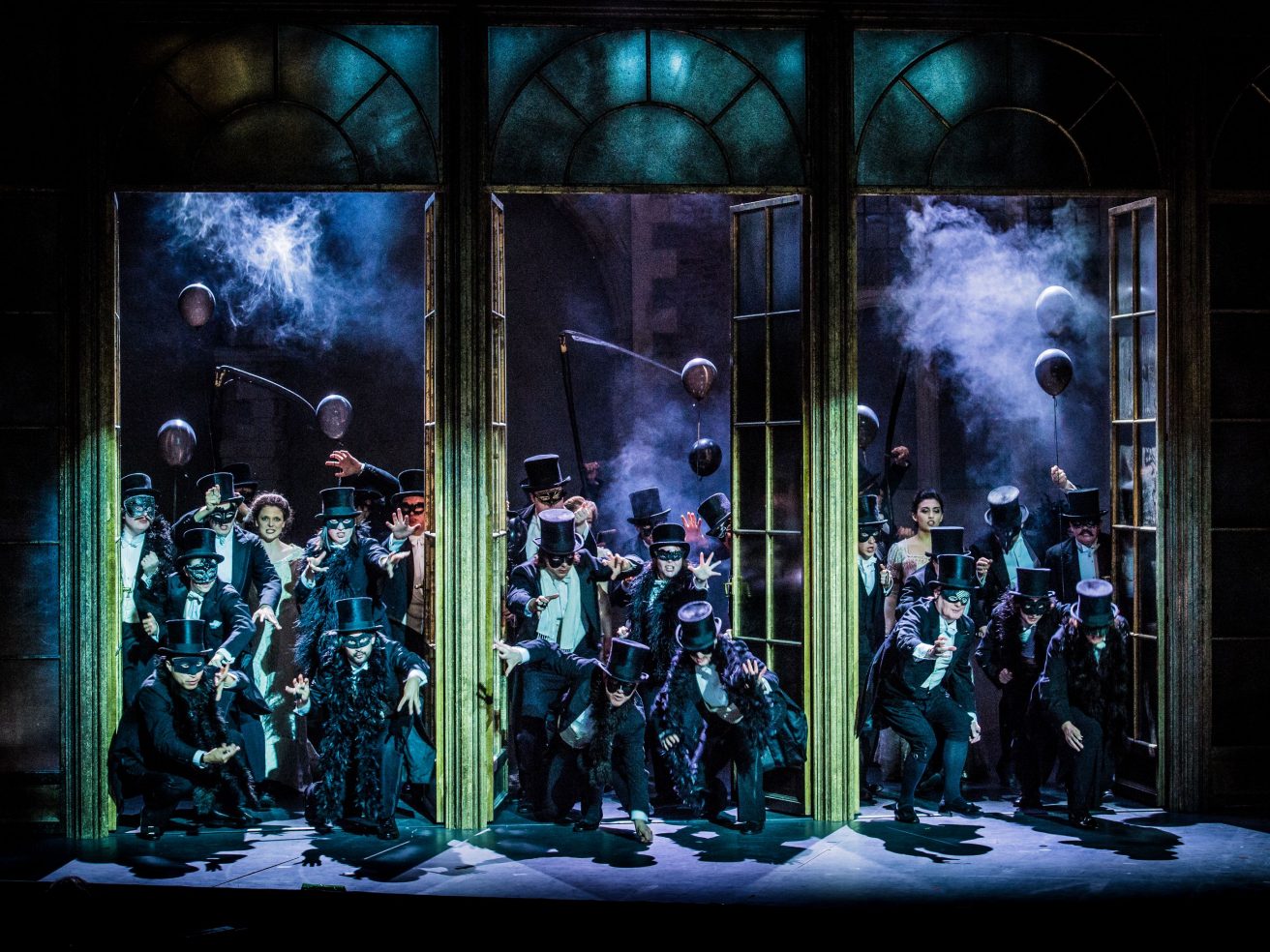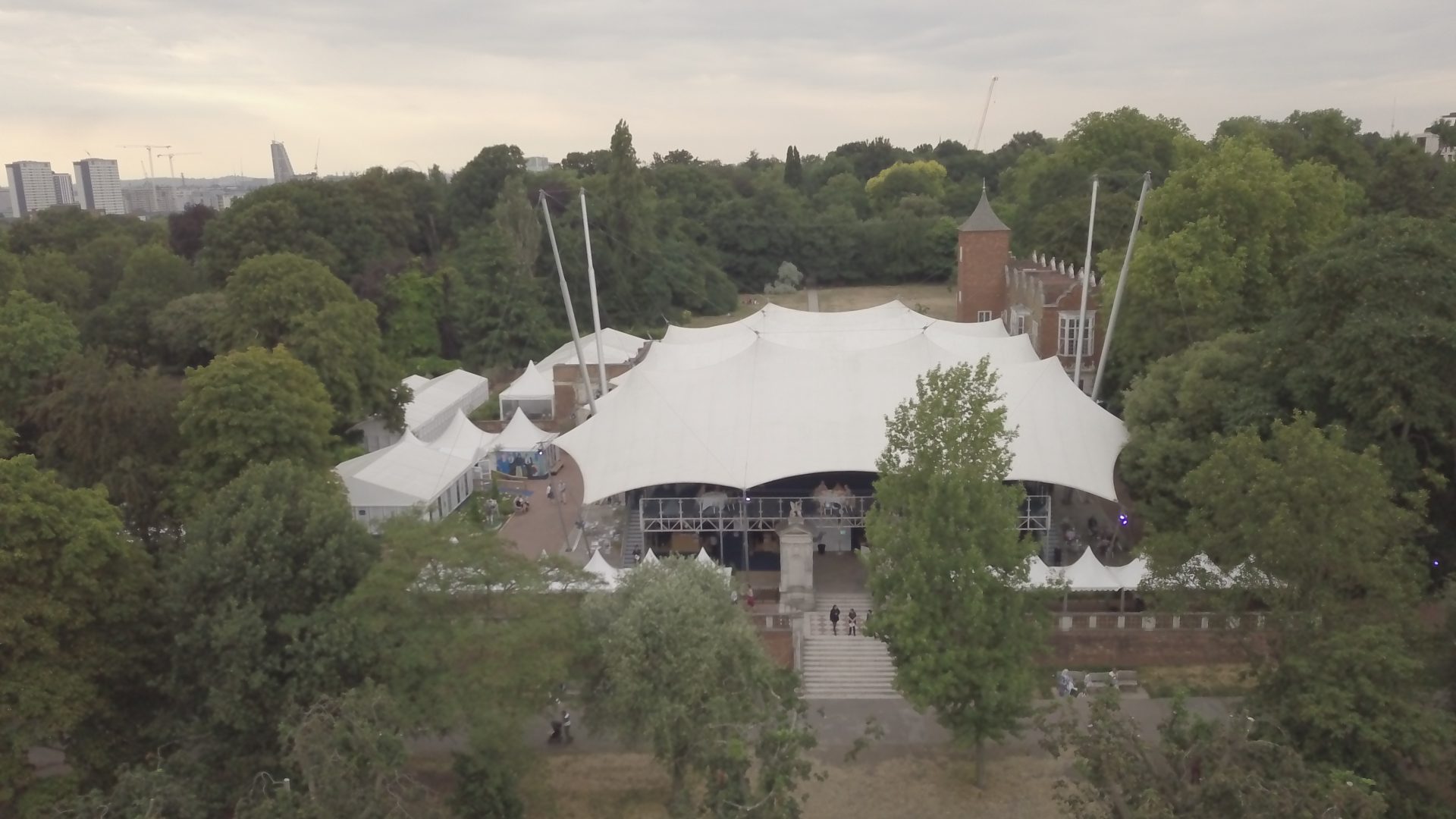The lively sun-drenched harbour-views that 18th-century tourists purchased from painters, especially Pietro Fabris and Claude-Joseph Vernet, captured the attraction of a city which was generally presented as more fluid and sunlit than Venice. In his Travels through Italy (1766), John Northall referred to ‘the usual method of going to see Naples before the weather grew hot’.
Norton Nicholls wrote in July 1772 of a city where ‘the nights are so delightful and the days so hot’ that no one slept at night: ‘I am become a greater friend of the moon than the sun’. Winter visitors found the air delightful. The largest city in Italy, and the capital of a kingdom that ruled southern Italy and Sicily, Naples by 1800 was one of the 19 cities of the world believed to have had a population of over 300,000. In Europe it came fourth, behind London, Constantinople and Paris.
In 1790, when Così fan tutte appeared, Naples was ruled by Ferdinand IV, a Bourbon. The city was receiving more visitors than in the earlier decades of the century as a result of growing interest in Herculaneum and Pompeii, from where excavations had been pressed from mid-century. In the 1760s, the theatre and the Temple of Isis in Pompeii were unearthed. Paestum was also attracting attention. Vesuvius also became a potent attraction.
It was a natural phenomenon close to a city and it was therefore possible to see it without making the special expedition that most such phenomena usually required.
Margaret Grenville recorded: ‘There was a magnificent eruption at Mount Vesuvius, which created two streams of lava that winded down the hill a considerable length, and from our windows at night it was really a glorious sight, and perfectly answered Mr Burke’s idea of the Sublime.’
Indeed, the frequent images of Vesuvius captured the ability of Italy to validate the new Romantic sensibility as well as that of Neoclassicism. The volcano’s natural power appeared particularly potent when presented on canvas as erupting by night.
Picture collections frequently included such works, for example Giovanni Lusieri’s Mount Vesuvius by Moonlight: the Eruption of 1787 at Attingham Park. Mary, Lady Palmerston, who visited Naples with her husband in 1792-3, saw an eruption in March 1793:
‘The different tints and forms of the different lavas has a most picturesque appearance, and looking into the mouths of these craters you see all the different colours which are formed by the sulphurous matter… the view was superb. The mountain continually throwing out red hot stones which resemble the stars of a number of rockets and the stream of lava, which was considerably increased and fallen very low, illuminated great part of the side of the mountain and made the valley quite luminous, and all dispersed over the mountain you saw light which looked like stars, which were the torches of the different parties who were wandering about.’
Vesuvius was not the only volatile natural energy to inform the atmosphere in Naples. There was a public emphasis on chastity for women, but, in practice, this was a matter of pre-marital sex. Florence was particularly noted for the practice of ‘cicisbeship’, but the custom was more generally found across Italy. Horace Mann, the longstanding envoy in Florence, commented on how ‘an English traveller frequently deranges the whole harmony of ‘cicisbeship’, by which a married woman had a male companion, a ‘cavalier servente,’ who accompanied her to social gatherings, and was sometimes her lover’.
The system provided opportunities for a relationship that was in accordance with local customs. Thomas Pelham of Stanmer (1728-1805), later 1st Earl of Chichester, had a long affair in Florence in 1750 with the married Countess Acciaioli, who then took another British lover.
Her married friend Maria Serristori had had a relationship with Charles, 2nd Marquess of Rockingham in 1748-9, while Francis, 10th Earl of Huntingdon (1729-89) was, in 1755, reputed to be the lover of Marchesa Capponi, ‘the flower of Florentine nobility and, as I’ve heard, lewdness’. Philip, 4th Earl of Chesterfield was clear of a value of travel for his illegitimate son, Philip Stanhope: ‘The Princess Borghese [Agnese Colonna] was so kind as to put him a little upon his haunches, by putting him frequently upon her own. Nothing dresses a young fellow more than having been between such pillars, with an experienced mistress of that kind of manège.’ Like Venice, Naples was noted for the number of its prostitutes.
Albania was in the news in 1790 because of Kara Mahmud, Pasha (Governor) for the Ottoman Empire of the Sanjak of Scutari from 1775 to 1796. In the 1780s, he clashed with the pashas of southern Albania and with Montenegro. His interest in becoming the independent king of Albania led to conflict with the Ottoman (Turkish) Sultan, Selim III. The Albanian lands had an element of mysterious violence, as in 1788 when Kara beheaded a delegation from Austria and Russia that had sought to recruit his assistance, and sent their heads as trophies to Selim.
Albania was the furthest west of the actual and imaginary ‘East.’ In January 1790, when Così appeared, Naples was at peace with the Ottomans, but Joseph II of Austria was at war with them. Having done badly in 1788, the Austrians, allied with Russia, did far better in 1789 and both Belgrade and Bucharest fell to the Austrians. As a result, Albanians were not the figures of menace they might have been earlier in the century. Nevertheless, they would have made a striking contrast to Neapolitan men, hence the difference between the formal lovers’ language employed by Ferrando and Guglielmo and the wild seductions employed by their exotic alter egos.


